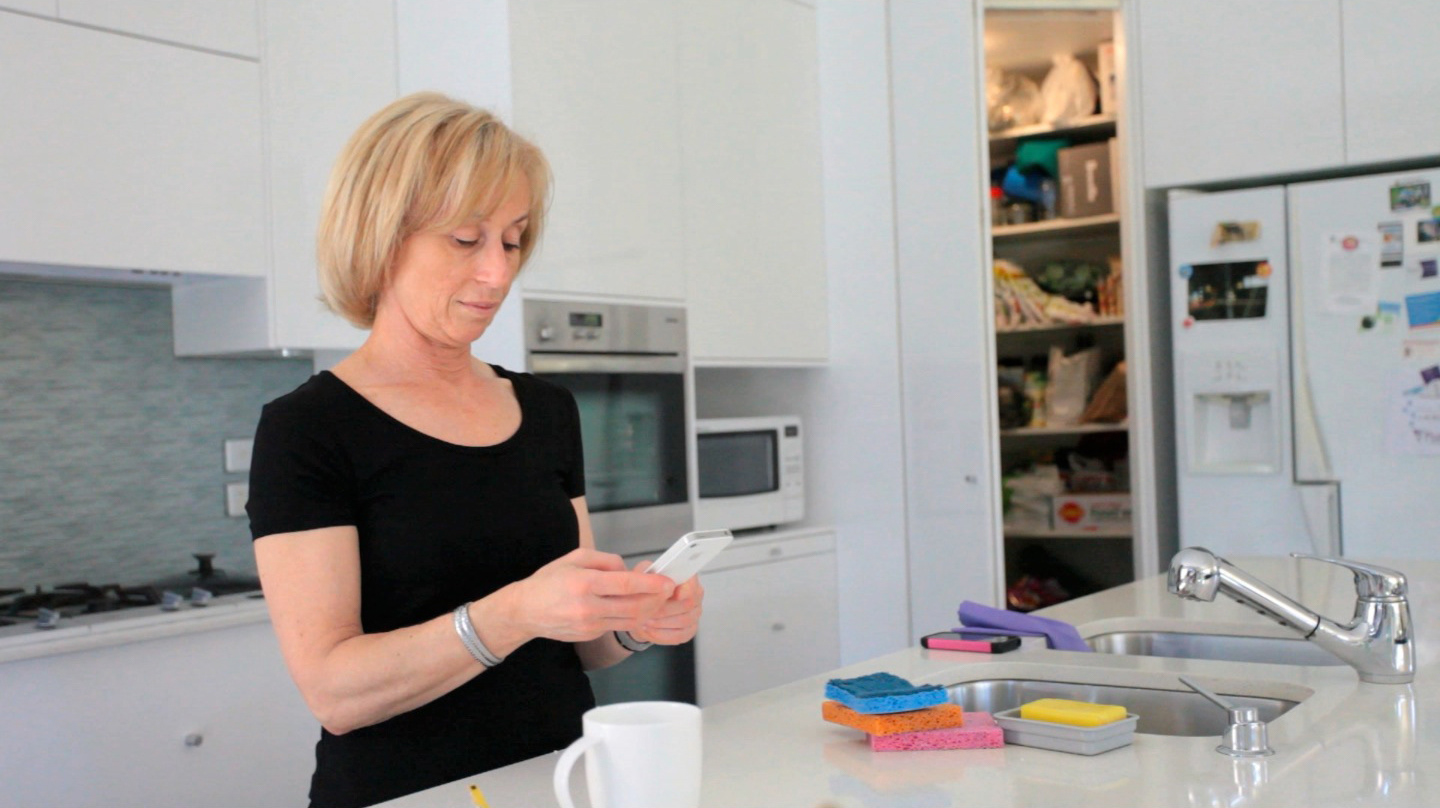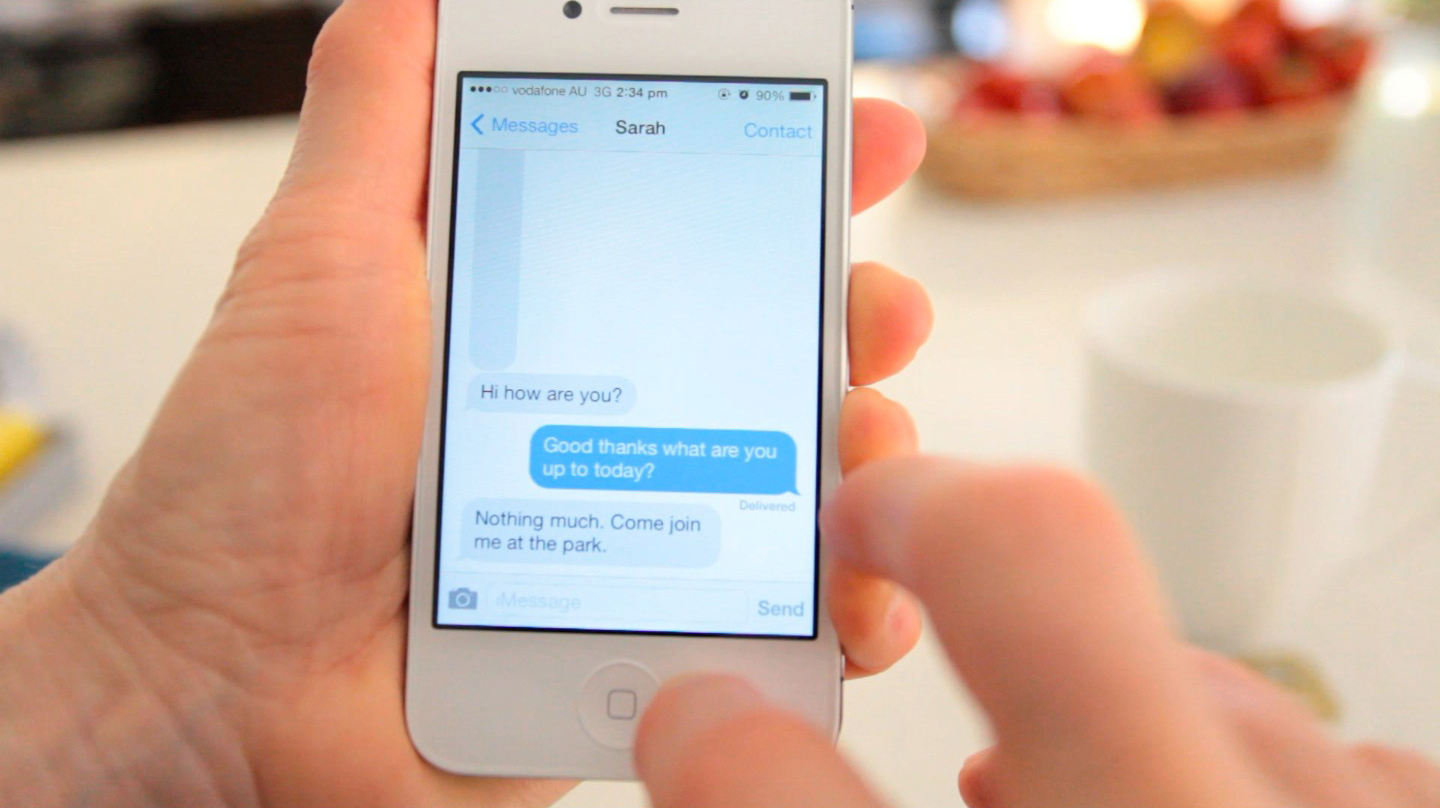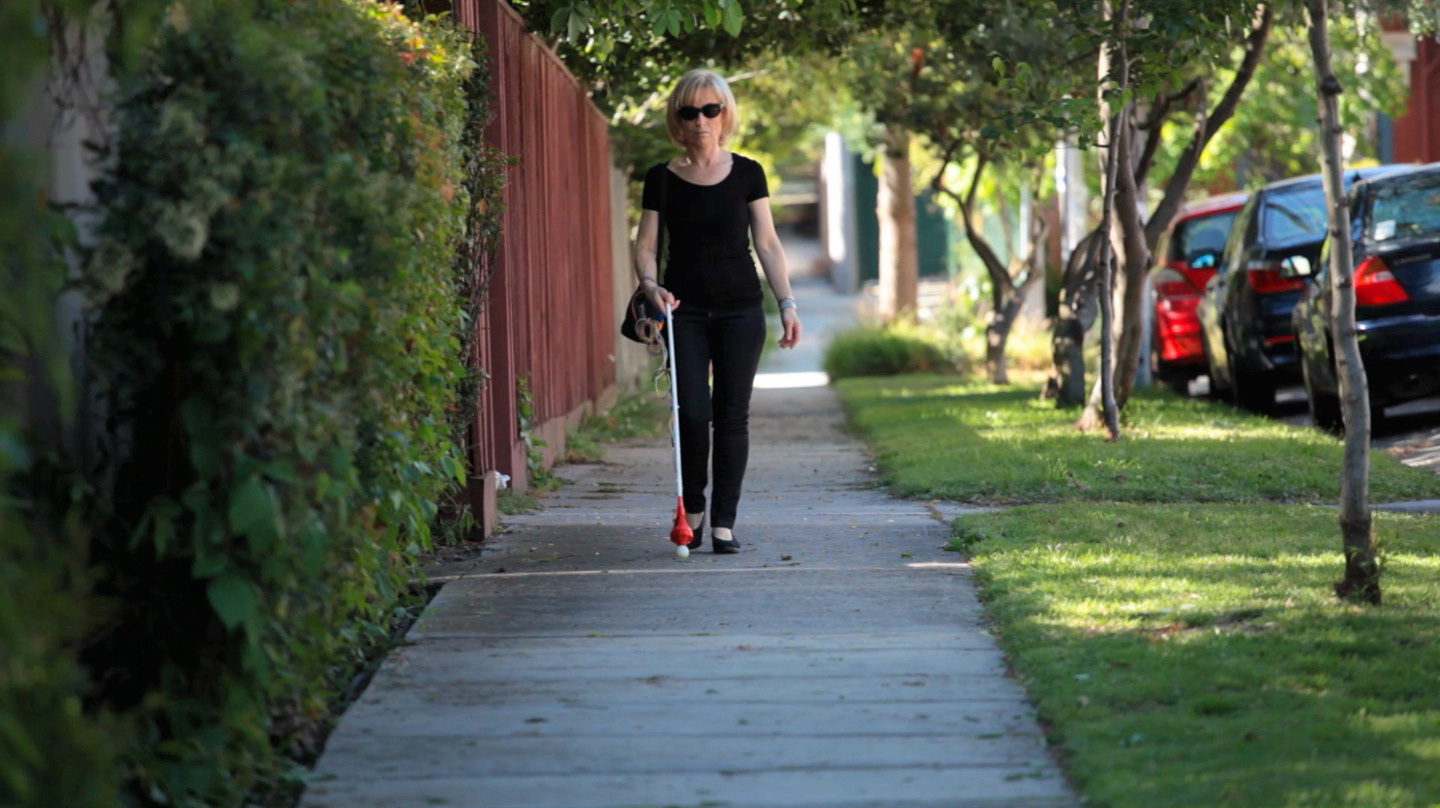•••
An estimated 285 million people worldwide are visually impaired, with 39 million of those blind and 246 million having low vision. There is not a device that assists those with low vision to adapt them to using a cane.
•••
Design a 3D printed customizable mobility assistance cane, which integrates with new technologies for those with low-vision, brought about by medical issues such as macular degeneration, and not complete blindness. Thorough research was undertaken, to understand vision impairments and use of the cane. Combining GPS technology and long distance measuring sensors, the blind or visually impaired person is able to navigate public spaces with ease.
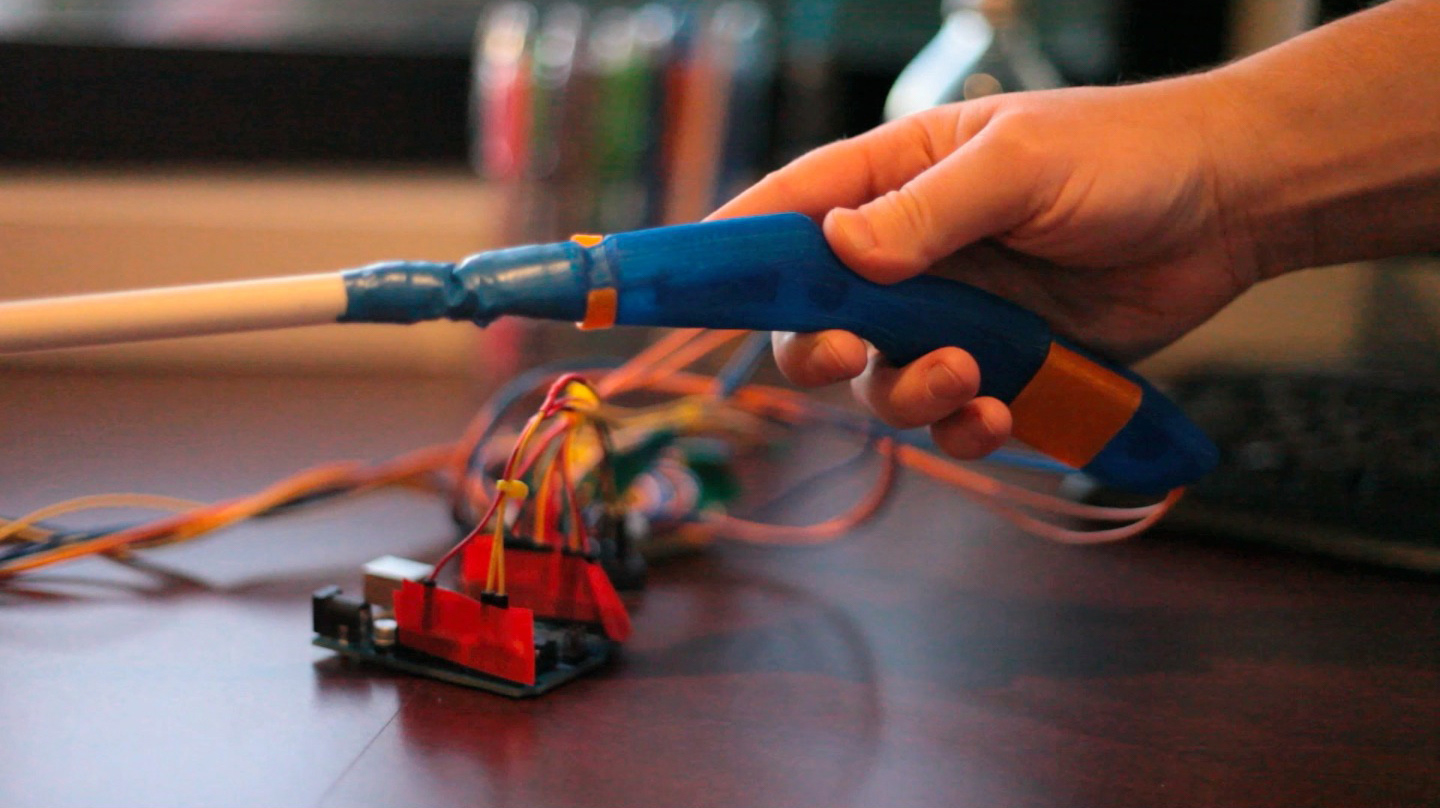
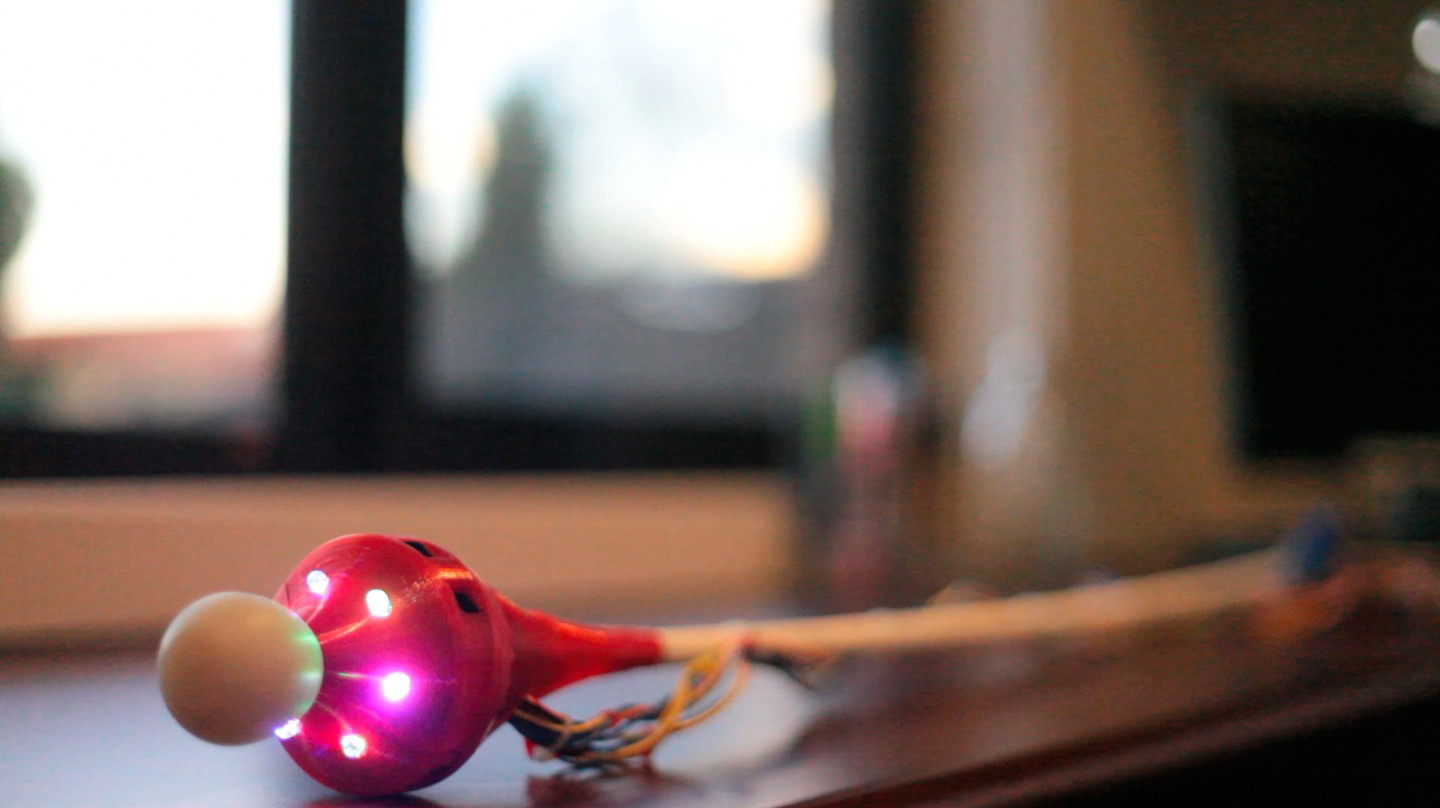
The handle of the cane is embedded with a vibration device so that as a visually impaired person makes his or her way to the desired location, the cane vibrates to indicate an upcoming turn.
Integration with Accessibility in the smart phone, the app is designed to speak aloud the direction the person needs to take. In addition to the vibrating handle, the base of the cane contains LED lights, which change color as the cane approaches an obstacle, moving from white to green to blue to red, depending on the cane’s distance from an object.
Utilising 3D printing, means repairs are minimised and personalisation of the cane is only a limit of the current 3D printing materials.
